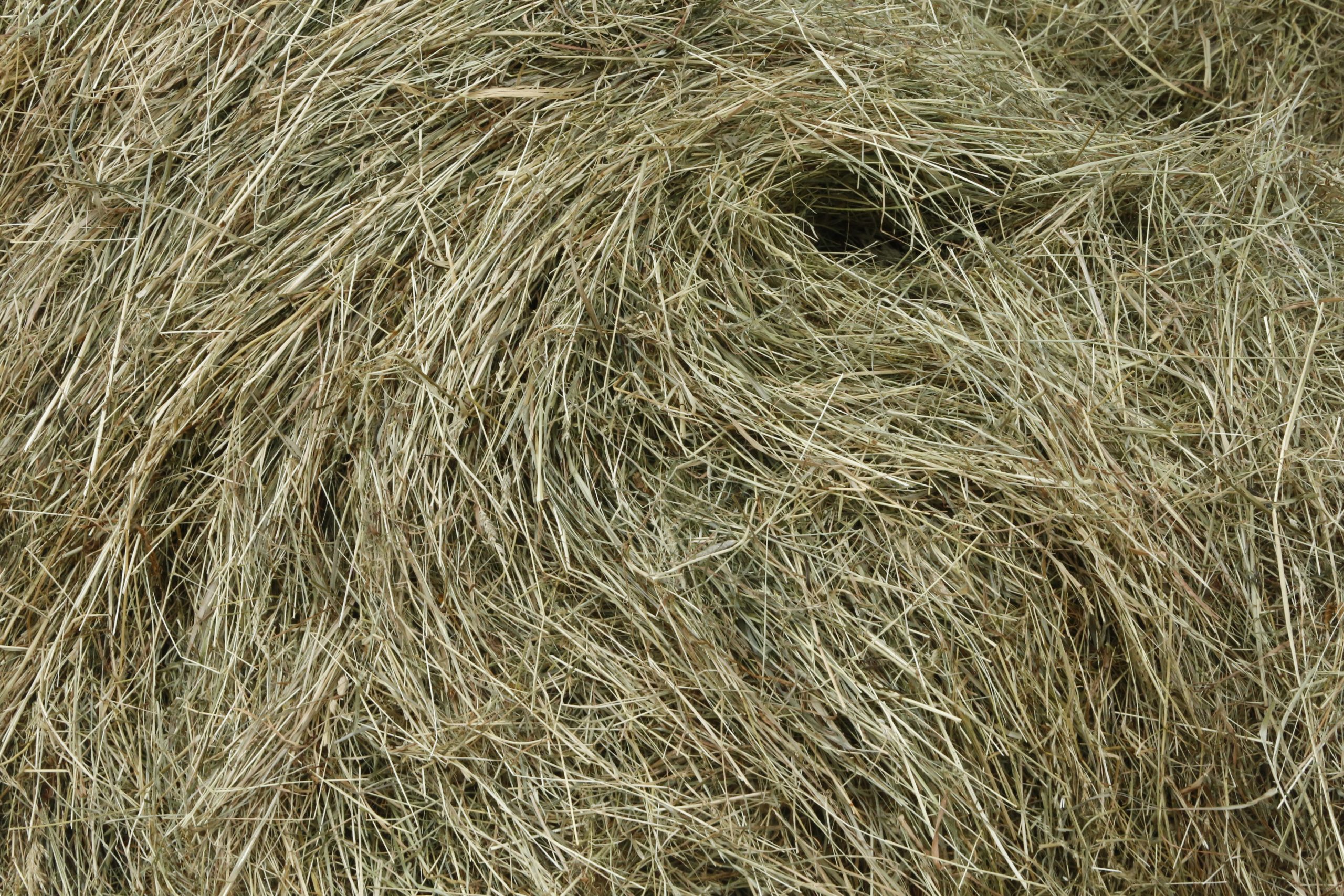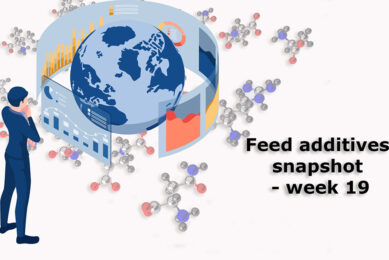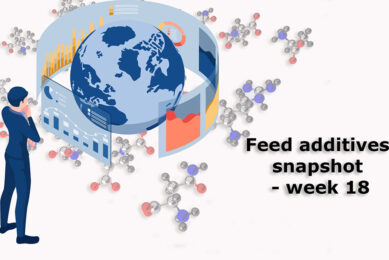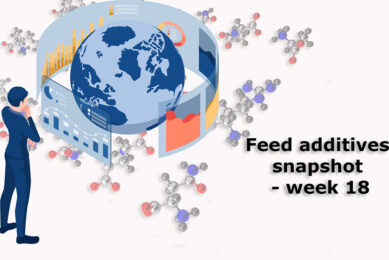Rapid growth of US hay exports

Due to lower availability and the willingness of foreign countries to pay premium prices, US dairy farmers need to pay more for their own hay or use alternative feed sources and supplements.
This is stated in a recent Rabobank report (‘Foraging for Higher Prices’). The western seven (W7) states of the US (Arizona, California, Idaho, Nevada, Oregon, Utah and Washington) are responsible for 18% of the total US hay production and an estimated 90% of US hay exports. Lower milk prices through 2015 and 2016, coupled with weather-related forage quality issues, caused hay stocks to build and put downward pressure on hay prices. In California for example, total hay acreage has fallen 32% since 2008.
Foreign buyers pay premium prices
However, the top six importers (China/Hong Kong, Taiwan, South Korea, the UAE and Saudi Arabia) – responsible for buying over 95% of US hay exports – are increasing their import volumes and paying a premium for higher-quality hay, supporting prices at their current levels. Exports of US hay in Q1 2017 to China, South Korea and Saudi Arabia increase 47%, 18% and 62% respectively. The willingness of foreign buyers to pay premium prices for US hay forces US dairy farmers to look for alternative feeds such as dried distillers grains, silage, rice, pellets, soymeal or supplements to maintain production.
Saudi Arabia to stop own hay production
At the same time, Rabobank expects that the demand from the six importing countries will increase during the next five years, especially exports to the Middle East, as Saudi Arabia phases out hay production by 2019 in order to preserve its depleted water supply. Dairies in Saudi Arabia that export milk are to stop producing hay by 2018, and those which only sell milk locally will be required to reduce hay production by 2019. If fully implemented, the USDA estimated that Saudi Arabia will need 1.3m tons of high quality hay annually. To meet this demand, the country will have to increase hay imports by 45% YOY through 2019.
Source: Rabobank










